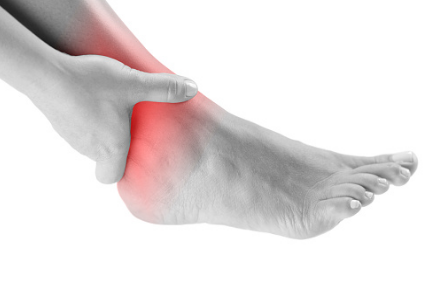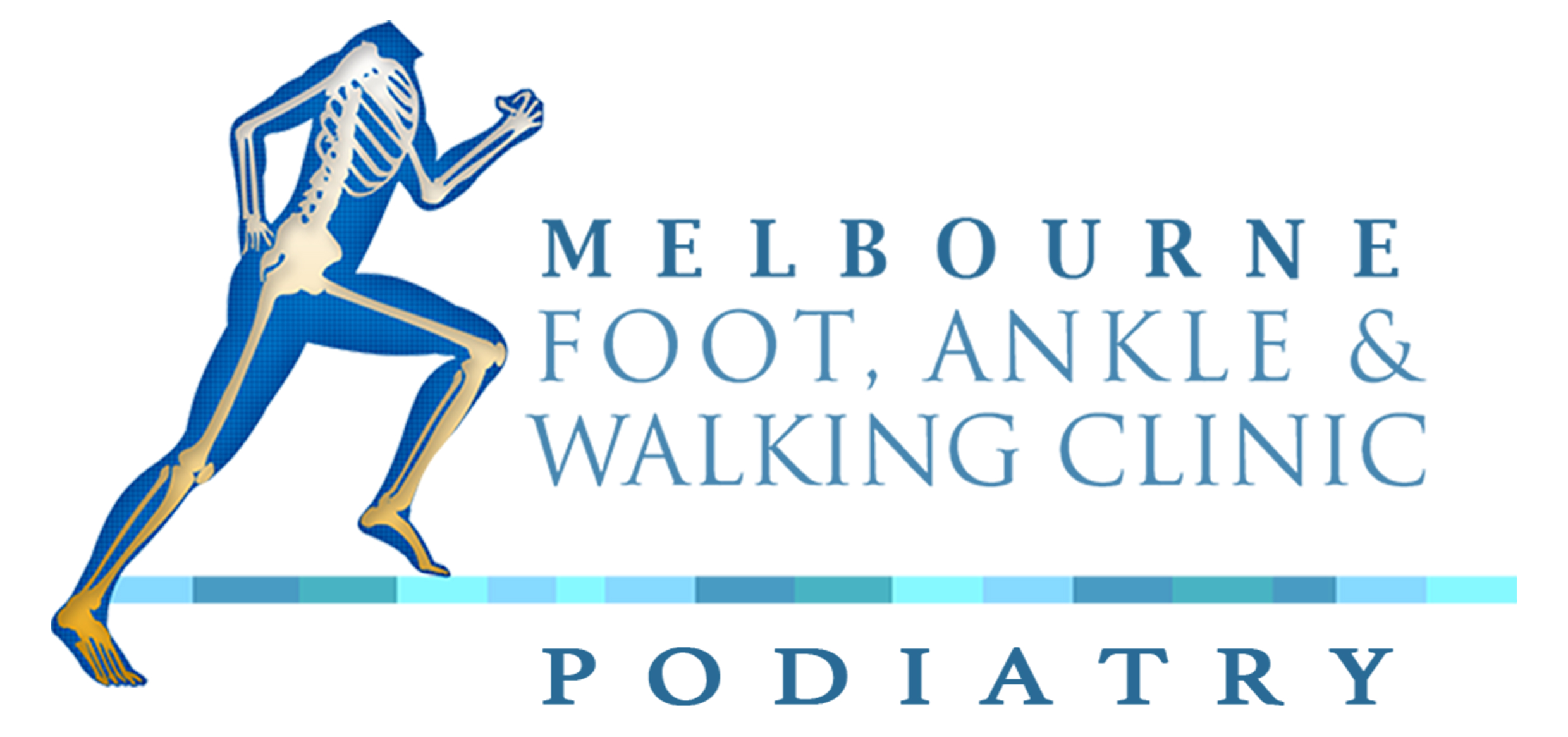Achilles Tendonitis and Achilles tendinopathy
One of the challenges we face when someone presents to us with Achilles heel pain problems is they received treatment for Achilles Tendonitis they have tendinosis or Achilles tendinopathy. First, the correct diagnosis needs to be made. Second, the cause needs to be found and third, the correct treatment needs to be prescribed.

Achilles tendon inflammation versus degeneration
The term Achilles tendonitis should be uses to refer to inflammation of the Achilles tendon. Inflammation is the most acute change (the result of a sudden injury). This problem is characterised by swelling, redness, warmth and pain. When seen under a microscope, inflammatory conditions have specific cells that the body brings to that area of the body to help control the inflammation and heal the injured tendon.
What is Achilles Tendonitis?
Achilles tendonitis or Achilles tendinopathy is a very different condition that is not characterised by inflammation. Rather, these patients have a thickening of the tendon. There is usually no redness or warmth of the surrounding tissue although the area can be painful to touch. Achilles tendinosis is a chronic problem, meaning it develops gradually and lasts a long time. When seen under a microscope inflammatory cells are not present, although chronic damage and microscopic tears may be seen. We have seen people come to us who have been prescribed anti-inflammatory drugs which will not work as there is no inflammation or have been told to ice the area, but it is not an acute injury and does not require ice.
Achilles tendon treatment
We have a good understanding of the fundamental differences, are capable of diagnosing the condition and conduct a full bio mechanical assessment to find out why it occurred in the first place. Then, and only then, can we recommend a successful treatment. Rest, ice, compression and elevation are short term interim measured that can be taken to alleviate the symptoms. A thorough assessment by one of our podiatrists is highly recommended due to the fact this can be a long term debilitating injury. Your podiatrist may recommend stretches and exercises, supportive footwear, custom orthotics or shockwave therapy. The worst case scenario is a complete rupture of the tendon, requiring surgery and many months of rehabilitation and time off work.
Why can it be a long term injury?
The Achilles tendon is the largest tendon in the body. It connects your calf muscles to your heel bone and is used when you walk, run, jump, climb stairs and stand on your toes. It also has a relatively low blood supply and cell activity, so the chance of it healing without intervention is low.
Unlike a wrist injury, which can be rested in a sling while it heals, most people will continue to walk around or even stand which can cause micro-injury to an already inflamed site. Given most people are not in a position to put their feet up for 6 weeks, seeing our podiatrists will speed up the healing process.
What about surgery?
Surgery is required if there is a complete rupture. If there is not a complete rupture, all other treatment options should be explored first.
If you are looking for achilles heel pain treatment in Melbourne CBD, contact us now!
